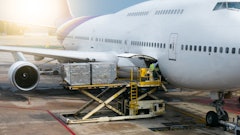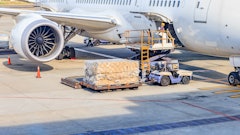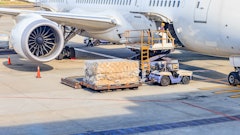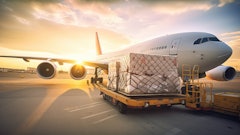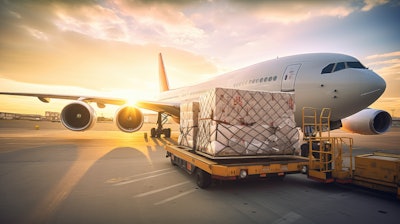
In logistics, a delayed or lost shipment matters. It can cost customers time and money, while costing logistics companies trust and repeat business. That trust goes well beyond the cost of one shipment.
That puts pressure on tracking systems to be not just fast, but accurate, explainable, and scalable.
But there is no one-size-fits-all solution. Choosing the correct method is less about the tech and more about matching stage of growth with the expectations set for clients.
Direct API integrations: Precision at a cost
When you want the most precise data possible from an airline, direct API integration is the way to go. It connects your system directly to the airline’s feed with no middlemen, no missed information or time delays, just raw updates as they happen.
It is never plug-and-play, however. Every airline uses their own system, with different status codes and naming conventions. What one airline calls “arrived at terminal,” another might classify as “inbound at hub.” Building and maintaining each integration takes serious, continual engineering effort. APIs are updated regularly. To ensure accuracy, the development team will need to continuously monitor these updates to prevent data loss and software outages. When integrating with an airline’s API directly, consider both upfront costs and the long-term implications. In doing so, you may find it is out of reach for your business.
If only working with only a handful of airlines, the effort might be worth it. But many businesses benefit from leveraging flexible routes and options across all airlines. In that case, the lift becomes more burdensome.
Aggregators: Faster scaling, limited visibility
Aggregator platforms offer a shortcut by consolidating tracking data from multiple airlines into one feed, eliminating the need to maintain individual integrations. You don’t have to invest and develop multiple integrations; just pay one license fee and go.
While convenient, these services have several tradeoffs.
Aggregators operate on a “least common denominator” basis, meaning the level of tracking visibility varies based on airline. If Lufthansa reports 15 status update types and Swiss Airlines only reports six, you’ll likely only get six update types across the board. For complex shipments that require real-time monitoring, if you rely solely on aggregators, your company will be missing key information.
Additional limitations may arise with multi-piece shipments or non-standard routing, which can be processed incorrectly or not at all. This can result in misleading tracking data, depending on the shipment's complexity.
In addition to platform fees, some charge an international shipment fee.
Manual tracking: Personal, but prone to error
Some companies rely entirely on manual tracking - checking airline websites, entering updates by hand, and relaying information to customers.
While every package has a human ensuring a successful delivery, humans make mistakes. Between overnight shipments, complex schedules, and ever-changing international regulations, long days and burnout are real risks to weigh.
While theoretically, manual tracking is comparable in pricing, scaling will eventually become an issue. As volume increases, so must your headcount or you’ll be behind; if it decreases, it may be costly to downsize.
Another factor to consider is the difficulty and expense of maintaining a team at off-hours. These roles can be hard to fill. You can work with people in other time zones to help cover that gap, but you risk additional communication hurdles and quality control issues.
Manual oversight also has its benefits, especially when shipments go awry. Humans can catch things by knowing where a shipment should be, while real-time tracking tools only know where a shipment last was.
When something is off-track, follow ICON -- investigate, contact, offer options, note. This allows for due diligence and while managing customer expectations in the process.
While teams are using technology to assist in tracking, each shipment has a person assigned to proactively monitor derailments or delays. This maintains customer trust, while ensuring accuracy.
The scalable and accurate solution
None of these options work in a silo. Even the most advanced tracking feeds can report shipments as "delivered" when they're still in transit or mistakenly log an arrival in the wrong geography.
Hybrid models that layer automation with a human touch offer a more reliable solution. Some automated systems handle the bulk of tracking while individuals confirm whether the data makes sense.
Automation is essential for scale, but human review remains pivotal for accuracy, exception handling, and customer trust.
Every shipment in the system is scanned by a logistics guide who checks:
● Does this data make sense?
● Did the flight take off?
● Is the delivery time realistic?
● And most importantly, has the next step happened yet?
Automated tracking tells where something was. It rarely tells you where it should be or when to escalate. That’s where human review still wins.
What to consider when scaling
If you’re a growing logistics operation trying to decide how to track airline shipments, here are a few considerations:
● Cost per shipment: Whether you’re using an API, aggregator, or human team, boil it down to cost per airway bill. That will help compare options apples-to-apples.
● Volume and complexity: If you’re small, manual tracking may suffice. As you scale, automation becomes necessary, but only if the quality meets standards.
● Integration maintenance: APIs sound appealing but have long-term maintenance costs. Aggregators are easier, but be aware of how much visibility you’re sacrificing.
● Exception handling: Do you have a plan when things go off course? Status feeds are helpful, but they don’t replace proactive, responsive customer service.
In logistics, speed matters. But trust matters more.
It doesn’t help customer to know that their shipment “left the facility” if no one knows where it went next. And it doesn’t help operations teams to be flooded with manual tasks when a webhook or API could handle the lift.
Scaling a tracking strategy requires a thoughtful blend of systems and staffing – adding the right systems and the right people, at the right time for your business and customers. When shipping high-value materials, customers drive accurate answers. The right combination of tech and human oversight is how to achieve it.

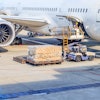



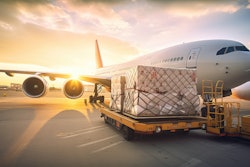





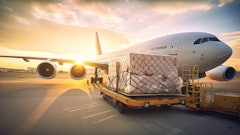


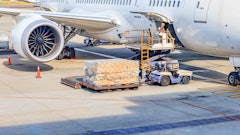
![Pros To Know 2026 [color]](https://img.sdcexec.com/mindful/acbm/workspaces/default/uploads/2025/08/prostoknow-2026-color.mduFvhpgMk.png?ar=16%3A9&auto=format%2Ccompress&bg=fff&fill-color=fff&fit=fill&h=135&q=70&w=240)
